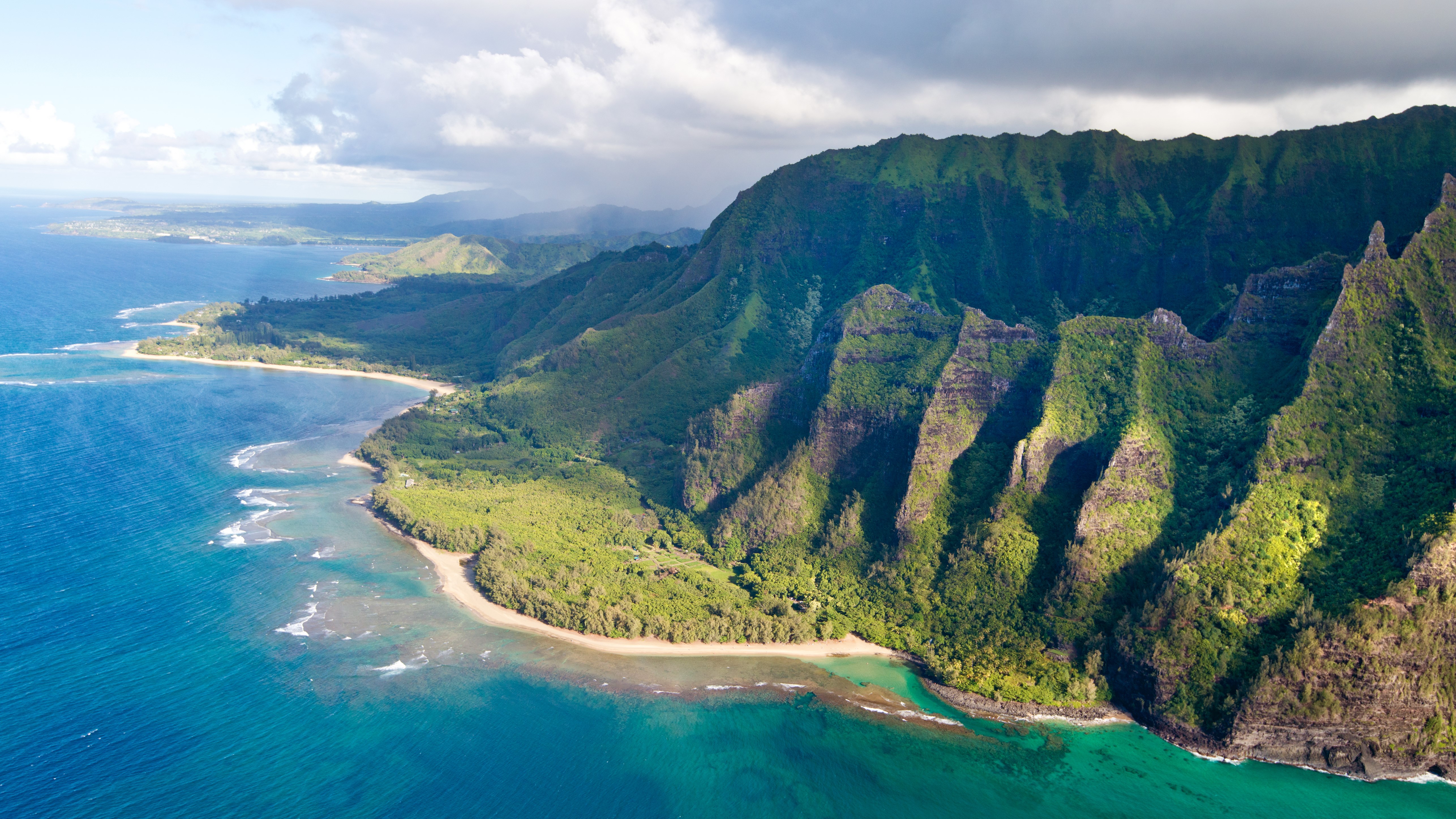Dozens struck down by "very concerning and rare" norovirus outbreak on popular hiking trail
The entire Kalalau Trail section in the Nāpali Coast State Wilderness Park is now closed

Kauai's most popular hiking trail has been closed after dozens of hikers were struck down by norovirus in recent weeks.
In a press release issued on Friday, the DLNR Division of State Parks announced the closure of the entire Kalalau Trail section, from Kē‘ē to Honopu in the Nāpali Coast State Wilderness Park, following reports of acute gastrointestinal illness from at least 37 backpackers.
Norovirus, a highly contagious virus that causes vomiting and diarrhea symptoms, has been identified as the cause of the symptoms.
“This is a very concerning and rare occurrence, magnified by the extreme remote nature of the Kalalau Valley," says DSP Administrator Curt Cottrell.
The Kalalau Trail is an 11-mile trail out-and-back trail along the rugged Nāpali Coast popular with backpackers. At full capacity, the Kalalau camping area accommodates 80 people, and on Wednesday 40 campers had to be moved on. Officials from the DLNR are in place to redirect hikers in the area.
The first case was reported back on August 14, and since then one hiker has been evacuated from the area, though none is thought to have been hospitalized.
Forrest Liss of Kauai tells the DLNR he hiked into the campsite on Tuesday even though he had heard about some sort of illness.
Advnture Newsletter
All the latest inspiration, tips and guides to help you plan your next Advnture!
"We figure camping, people get sick. Maybe they drank the water. People get sick but when they start going through the protocols of shutting down the park, actually this is something a little more serious.”
By the time he and his party reached camp almost everyone who was sick had already left.
The closure is effective immediately and will likely be in place until at least September 19 while health officials clean and disinfect all comfort stations and take soil, water and surface samples in an attempt to pinpoint the exact source of the outbreak.

How to avoid tummy troubles on the trail
Norovirus outbreaks in the backcountry aren't common, but they aren't unheard of either. Earlier this summer, dozens of hikers were afflicted by a severe vomiting bug while camping at the Havasupai Indian Reservation in Arizona and in March, thru-hikers on the Appalachian trail were issued a warning after a norovirus-like outbreak in Tennessee and Georgia.
Last year, a norovirus outbreak on the Pacific Crest Trail that affected hundreds of hikers was ultimately traced back to the toilets in a single cabin that makes a popular rest stop.
It can be easy to forget about personal hygiene when you're out in the wild, but it's vital to continue to wash your hands using a biodegradable soap like Dr Bronner's before eating or touching your face.
If you're camping or on a long hike, pick your water sources wisely and use a water filter or boil your water before drinking it. Learn more in our article on avoiding tummy troubles in the backcountry.
Julia Clarke is a staff writer for Advnture.com and the author of the book Restorative Yoga for Beginners. She loves to explore mountains on foot, bike, skis and belay and then recover on the the yoga mat. Julia graduated with a degree in journalism in 2004 and spent eight years working as a radio presenter in Kansas City, Vermont, Boston and New York City before discovering the joys of the Rocky Mountains. She then detoured west to Colorado and enjoyed 11 years teaching yoga in Vail before returning to her hometown of Glasgow, Scotland in 2020 to focus on family and writing.

